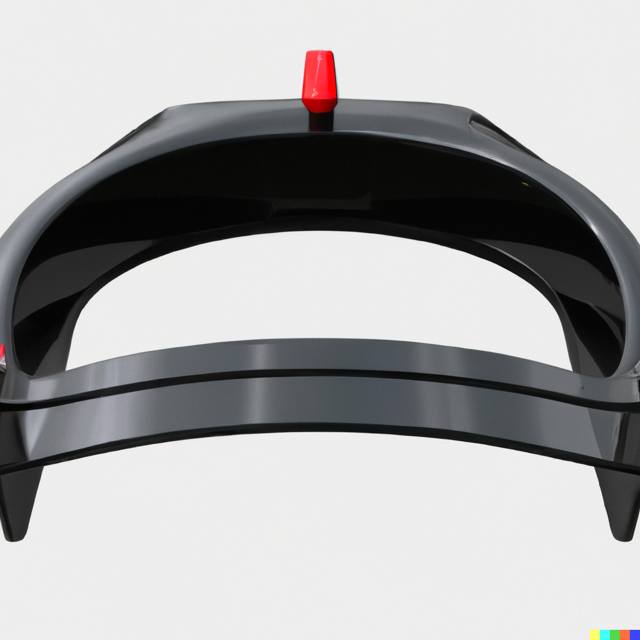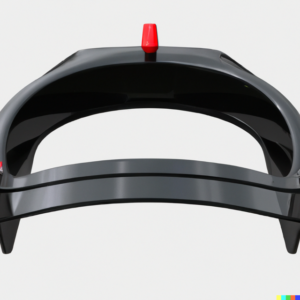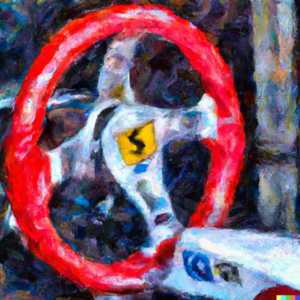F1 Halo

F1 Halo
Formula One cars are constantly undergoing changes to improve safety and speed. One big change to the safety system of F1 cars was the introduction of the F1 halo, a novel safety device aimed at protecting the driver’s head from injury.
Read on to learn more about the F1 halo cockpit system and how the halo saved the lives of several drivers in recent years.
What Is The Halo?
The Formula One halo is a safety system created from Grade-5 titanium steel. This device is situated above the driver, offering cockpit protection, and it is incredibly strong. The name “halo” is derived from the shape and the fact that it acts as a guardian angel to the drivers, keeping them safe.
Not only does the halo protect the driver in the case of an accident, but it also prevents large debris from entering the cockpit, preventing serious injury.
Formula One cars are open-cockpit cars, meaning that the cockpit cannot be closed in any way. The halo was a good solution to the problem of driver injuries because, although the drivers’ crash helmets minimize injuries, a crash at high speed can cause significant damage, and a frame offers enhanced protection without closing the cockpit.
The halo system consists of a strong titanium bar connected to the chassis (vehicle frame) at three points. This robust system weighs only 20 lbs, but can save a driver’s life. Time and time again, the halo has proven its worth (but more on that below).
Each team can design its own racing cars, but the halo remains a crucial component. Technical director of Mercedes, James Allison stated that the Mercedes halo could support the weight of a London double-decker bus, and although a bus appearing on a Grand Prix circuit is unlikely, the halo continues to save lives.
Why Is The Halo System Controversial?
When the halo was first introduced, it was not welcomed by teams or drivers. So, why was the halo controversial at first?
It comes down to aesthetics. Formula 1 cars are sleek, open-cockpit cars, and with the halo’s introduction, this “pure” look was completely ruined (or so drivers and teams believed).
Some people also reported that it would make it more difficult for drivers to get into and out of the cockpit, although this has never been an issue.
Drivers were also concerned about the added weight to the car, as well as how the halo would change their visibility from the low-seat cockpits.
Who didn’t want the halo?
Not many people in F1 circles welcomed the halo initially.
Kevin Magnussen – currently driving for Haas – reportedthat the halo makes the car look ugly and that Formula One cars are not meant to be ugly.
Current World Champ Max Verstappen also reported that the halo was ugly and unnecessary, as there needs to be some risk involved in F1 racing.
Seven-time world champion Lewis Hamilton also indicated his displeasure at the halo. After Kimi Raikkonen test-drove a car in 2016 with a halo, Hamilton took to Instagram, writing, “Please no!”
Is The Halo Mandatory?
The halo underwent testing between 2016 and 2017 and was declared mandatory in 2018 by the governing body of Formula 1, the FIA.
Today, the halo can be found in F1, F2, F3, F4, Formula E and Formula Regional.
The F1 halo is a standard in the industry, and cars without a halo will not be permitted to race.
How Much Force Can The Halo Withstand?
This safety device may only weigh a few pounds but it is incredibly strong.
The halo undergoes testing where it withstands 125 kiloNewtons of force for five seconds (around 12 tons of direct weight) without buckling or becoming damaged. The sides of the halo must also withstand 125 kN during testing.
Who Has Been Saved By The Halo System?
In the past few years, it is undisputed that the halo saved several lives at various races, including the Italian Grand Prix and British Grand Prix.
Recently, Alfa Romeo’s Zhou Guanyu credited the halo for saving his life during the opening lap of the 2022 British Grand Prix. During this race, his car flipped upside down and skidded across the asphalt into the gravel trap, where it was launched into the air, flying over the barrier and ending up stuck on its side against the barrier and the safety fence.
It is uncertain whether Zhou would still be racing today if there was no halo.
Lewis Hamilton was also spared by the halo during the 2021 Italian Grand Prix. After a fierce collision with Max Verstappen, the Red Bull ended up on top of Hamilton’s Mercedes, no doubt saving Hamilton’s head from being crushed.
The halo also saved Romain Grosjean during the Bahrain GP in 2020. After a horrendous crash that saw Grosjean’s car burst into flames, the driver walked away with only minor injuries.
Does The Halo Influence Driver Vision?
Drivers initially detested the idea of the halo, thinking it went against the purity of open cockpit racing and quoting concerns regarding impaired vision.
Fortunately, drivers are able to look past the halo, and although it possibly took some getting used to at first, the drivers have since adapted and can even use the halo as a cursor while driving.
FAQs
Will the FIA ever get rid of the halo?
The halo is here to stay. Formula 1 and the FIA understand safety and will not remove a safety feature. The halo not only helps during a crash but also keeps large objects out of the cockpit, so no doubt the halo will never be removed.
How much does a halo device cost?
The halo costs around $17,000, and the FIA has three external manufacturers that provide the halo to the teams.
Why is the F1 halo so strong?
The halo is made from titanium, which has a high tensile strength and excellent strength-to-weight ratio.
Final Thoughts
Every Grand Prix event sees great racing and even greater excitement, but at such top speeds, accidents can be fatal.
The introduction of the mandatory halo in 2018 has saved many lives since and ensures the sport will continue to provide F1 fans with daring – but safe – races for many years to come.





